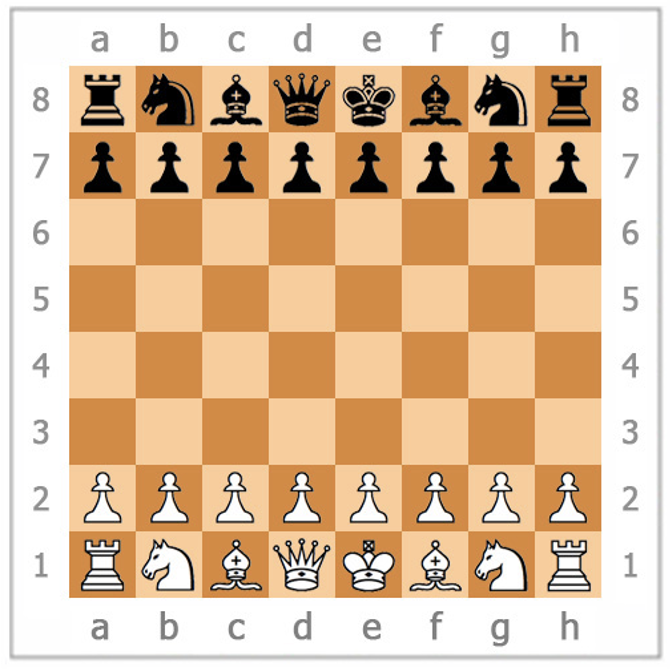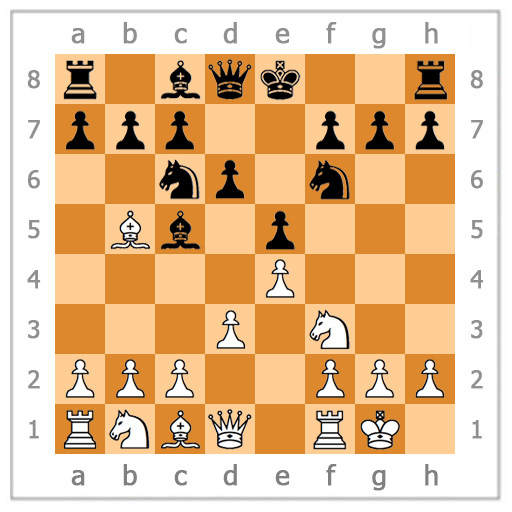Letter from the editor – The Queen Exposed
by Jean Asselin
We live in “interesting” times, as the ancient Chinese curse goes, including the newfound interest in chess sparked by “The Queen’s Gambit” miniseries—which you should watch if you haven’t yet. The last time the game attracted such intense focus was during the early 70s world championship, when Bobby Fischer trounced a handful of grandmasters, then took the title from Boris Spassky in a match widely seen as a metaphor for the Cold War.
As it turns out, there are aspects of the game of chess itself that can serve as a metaphor for writing fiction.
First, a three-sentence chess primer.
- King ♚, Queen ♛, Rooks ♜, Bishops ♝, Knights ♞, and pawns ♟ move in a specified way across an 8 x 8 square board, each side playing in turn one piece at a time.
- A piece “attacks” a square when it can move to it on the next turn and, if that square is already occupied by an opponent’s piece, remove it from the board.
- The exception is when a King is so threatened (“in check”) and obligated to move to a square not under attack, the impossibility of which being checkmate, or game over.
Starting position

A Game After 5 Moves

Second, a three-sentence story primer.
- A specific character in a particular setting is faced with a definite problem to solve.
- The first attempt fails, informing a second one that complicates matters, and so on.
- In the ultimate victory or defeat, characters earn their fate.
Chess is called The Game of Kings, but it is the Queen which has the most power, moving along any free row, column, or diagonal. Writing has its equivalent: exposition.
“Exposition is something you want to tell me that I don’t want to read,” says James Gunn. Telling information to the reader, instead of showing it in the scene, is exposition. As Anton Chekov put it, “Don’t tell me the moon is shining; show me the glint of light on broken glass.” (Note: this is the quote’s abbreviated version.)
Exposition is the writer’s Queen, a powerful tool easily deployed across the board (no groans, please.) Pushing the analogy: dialog lines are the Rooks moving along rows and columns; action slices crosswise in the story like the Bishops’ diagonal; the plots twists and turns reflect the Knight’s L-shaped jumps; pawns deploy like touches of setting; and the story’s heart is the King, the part to defend. (So it’s an imperfect metaphor. Sue me.)
Much like exposition helps eschew dialogue and action, the Queen moves like Rook and Bishop both, a tempting tool to use. Cavorting your most powerful piece around also makes it a great target, leaving the Queen “exposed”—in actual chess parlance—with ensuing retreats made at the expense of deploying other pieces properly.
Likewise, exposition is an easy solution that invites attack. People read to vicariously live events otherwise inaccessible to them, to have their emotions stirred rather than be told how to feel:
She felt sad, then angry, and broke his favourite cup in revenge.
Perhaps correct, but now put that incident in the reader’s face:
Her tears spilled. “Motherf—” Her forearm raked the breakfast for two off the table. She picked out the crystalline notes of his selfie mug shattering against the ceramic tiles, a melody within the crashing chord.
(Overwritten, but I am on deadline.)
Instead of the writer’s Queen, the second version uses action, dialog, and setting. A good chess opening deploys pieces to control the center, from which you can strike anywhere faster. A good story opening uses all the writer’s panoply to control reader expectations: signal genre in the first sentence description, introduce the POV character in the first line of dialog, reveal the stakes in action on the first page.
Exposition, while sometimes unavoidable, is best used sparingly and judiciously like the Queen. (The metaphor perhaps falls apart in the middle and end game, so I’ll quit while I’m ahead!)

Leave A Comment